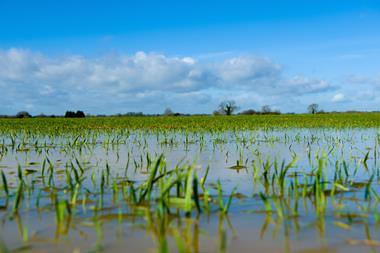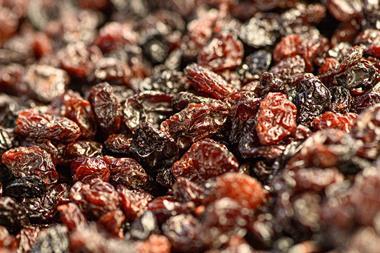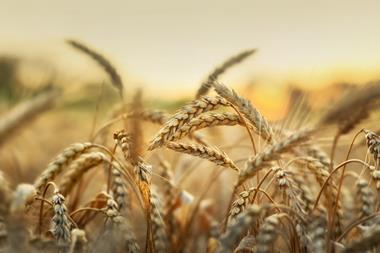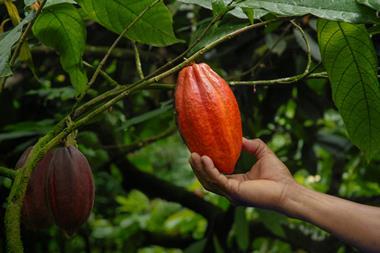Weather phenomenon El Niño has officially arrived - and could affect commodity prices well into 2016, suggest analysts.
Every two to three years, high Pacific surface water temperatures and weak trade winds cause the formation of El Niño, which sweeps across North and South America, Oceania and South East Asia bringing floods, droughts and wind changes for up to nine months.
Scientists have confirmed the presence of El Niño, and that it is to be relatively weak, but cannot yet tell producers the duration. “How worried growers are will depend on how long El Niño carries on,” says Mintec analyst Liliana González. “And that is a question nobody yet knows the answer to.”
If El Niño does last, UK buyers could face hikes, she warns: “The UK could be affected by higher prices for almonds and maize from North America.”
US maize, the largest crop in the Midwest US, could suffer as El Niño usually increases the possibility of wet and warm conditions that could hamper crops. Similar issues could affect the Australian maize crop, as well as affecting barley, wheat and cotton production.
New Zealand lamb - down 8% since January 2014 as drought has prompted slaughter and increased supply - could come under further pressure if El Niño stops rain. Long-term, shortages will push prices up.
Rice, sugar cane and tea prices could also rise if El Niño lowers Indian monsoon rainfall.
Fish is also likely to be affected, with price increases possible in catches and fishmeal production off Peru and Chile. “When El Niño reaches the coast of Peru and Chile, fish migrate south, where there is more nutrient,” says González.
But it’s not all bad news. El Niño could benefit coffee plantations in Colombia and Brazil as it cuts the chance of crop losses due to frost, González says, which would be good news for buyers.
Sign in to comment on this article
Not logged in before? Register for FREE guest access today.
You will be able to:
- Read more stories
- Receive daily newsletters
- Comment on stories
Advert















No comments yet